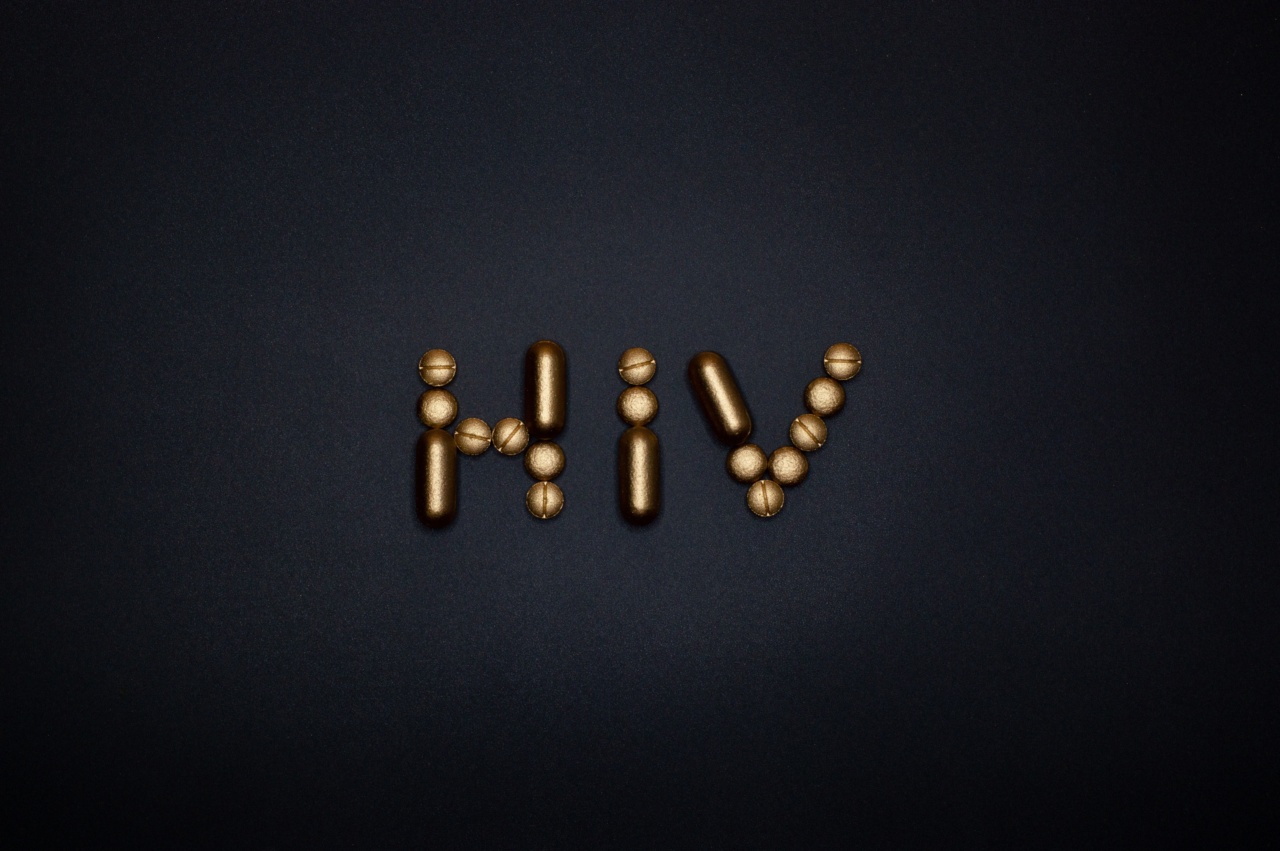Human Immunodeficiency Virus, commonly known as HIV, has been a global health crisis for several decades. The virus, which attacks the immune system, has claimed the lives of millions and continues to affect millions more.
However, recent developments in medical research offer a glimmer of hope in the fight against this deadly disease. A groundbreaking therapy has emerged that has the potential to eliminate HIV once and for all.
Understanding HIV and its challenges
HIV is a virus that attacks the body’s immune system, specifically targeting CD4 cells, commonly known as T cells. These cells play a crucial role in helping the body fight off infections and diseases.
When HIV enters the body, it replicates within the CD4 cells, gradually weakening the immune system. This leaves the individual vulnerable to various opportunistic infections and ultimately progresses to Acquired Immunodeficiency Syndrome (AIDS), a life-threatening condition.
Over the years, various antiretroviral therapies (ART) have been developed to manage HIV. These treatments can suppress the virus, prevent its progression, and reduce the risk of transmission.
While ART has significantly improved the quality of life for many living with HIV, it does not completely eradicate the virus from the body. The virus persists in reservoirs, dormant and hidden from the immune system and antiretroviral drugs.
The promise of gene editing
Gene editing technology, particularly the revolutionary CRISPR-Cas9 system, has opened up new possibilities in medical research and treatment.
CRISPR (Clustered Regularly Interspaced Short Palindromic Repeats) allows scientists to precisely edit genes by adding, removing, or altering sections of the DNA sequence.
Researchers have been working tirelessly to apply this technology in the fight against HIV. The goal is to develop a therapy that can remove the viral DNA from infected cells and eliminate HIV from the body altogether.
This groundbreaking approach has shown promising results in early preclinical studies.
How does the therapy work?
The therapy involves a two-step process. First, the CRISPR-Cas9 system is used to locate and cut out the viral DNA from infected cells.
The CRISPR system is guided by a molecule called a single guide RNA (sgRNA), which directs it to the specific DNA sequence of the virus. Once there, the Cas9 enzyme, a molecular scissors, cuts the viral DNA, rendering it inactive.
However, removing the viral DNA is not enough. The second step of the therapy involves activating the immune system to recognize and clear out the cells where the virus resided.
This is achieved through the use of therapeutic vaccines or immune checkpoint inhibitors, which enhance the immune response against infected cells.
Promising results in animal models
Several studies conducted on mice and non-human primates have demonstrated the potential of this therapy in eliminating HIV. In one study, infected mice were treated with the CRISPR-Cas9 therapy, resulting in a significant reduction in viral load.
The therapy also showed long-lasting effects, with no rebound in viral replication.
Another study utilized a combination of CRISPR-Cas9 and therapeutic vaccines in non-human primates. The therapy successfully removed the viral DNA from infected cells and stimulated a strong immune response against the remaining infected cells.
The monkeys remained virus-free for an extended period, highlighting the potential of this approach in achieving a functional cure for HIV.
Challenges and future prospects
While the results from animal studies are promising, there are still several challenges to overcome before this therapy can be tested in human clinical trials.
One of the main challenges is ensuring the safety and efficacy of the CRISPR-Cas9 system in a living organism. Off-target effects, where the system edits unintended genes, need to be minimized to avoid any potential adverse effects.
Another challenge is identifying and targeting all the reservoirs where the virus hides in the human body. The HIV reservoirs are highly diverse and can be located in different tissue types, making complete eradication a complex task.
Despite these challenges, researchers are optimistic about the future prospects of this groundbreaking therapy. They are continually refining the technology and conducting further studies to address the remaining hurdles.
Conclusion
The development of a therapy that can eliminate HIV once and for all would be a monumental achievement in the field of medicine.
The groundbreaking approach of using CRISPR-Cas9 to remove viral DNA and activate the immune system shows great promise in preclinical studies. While challenges remain, the potential of this therapy to offer a functional cure for HIV brings hope to millions affected by the disease worldwide.































